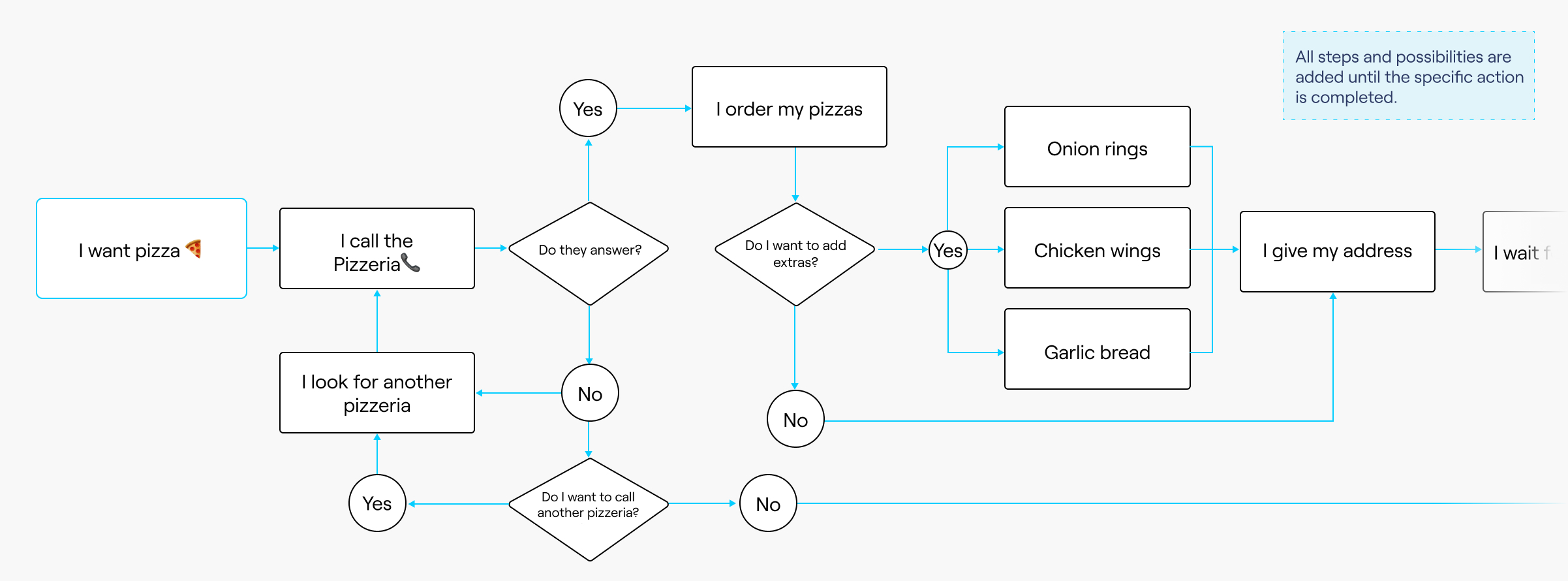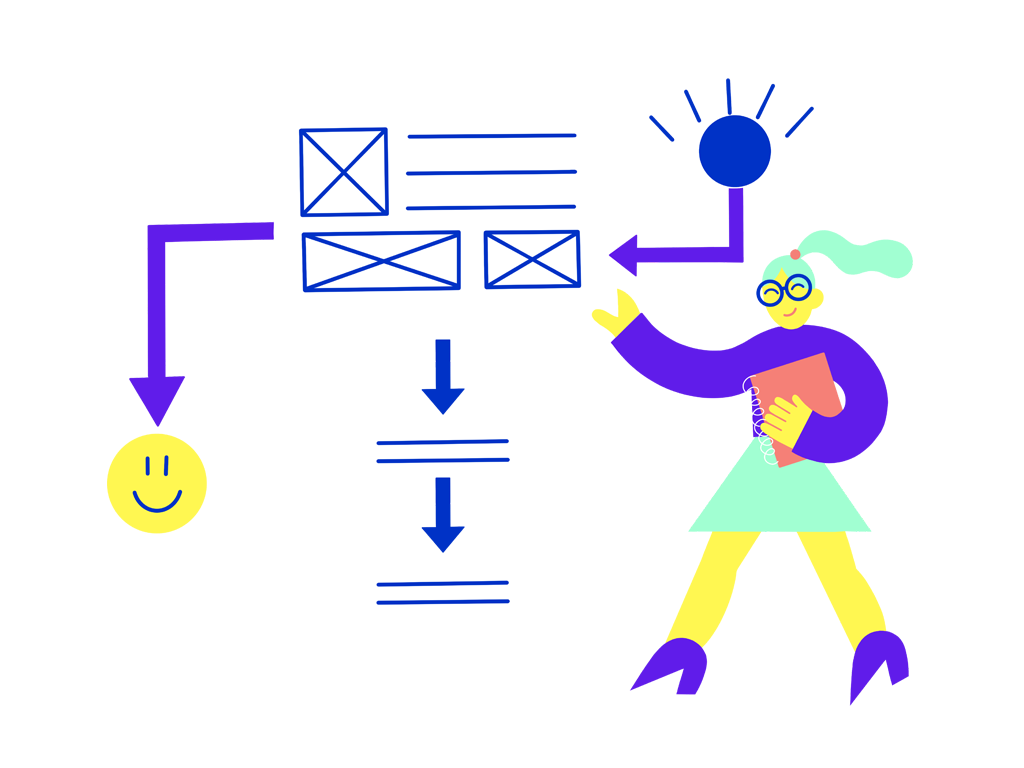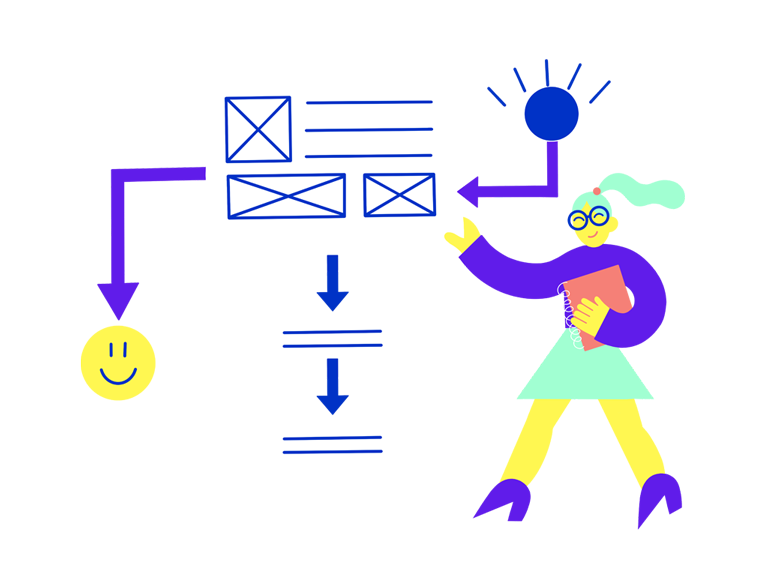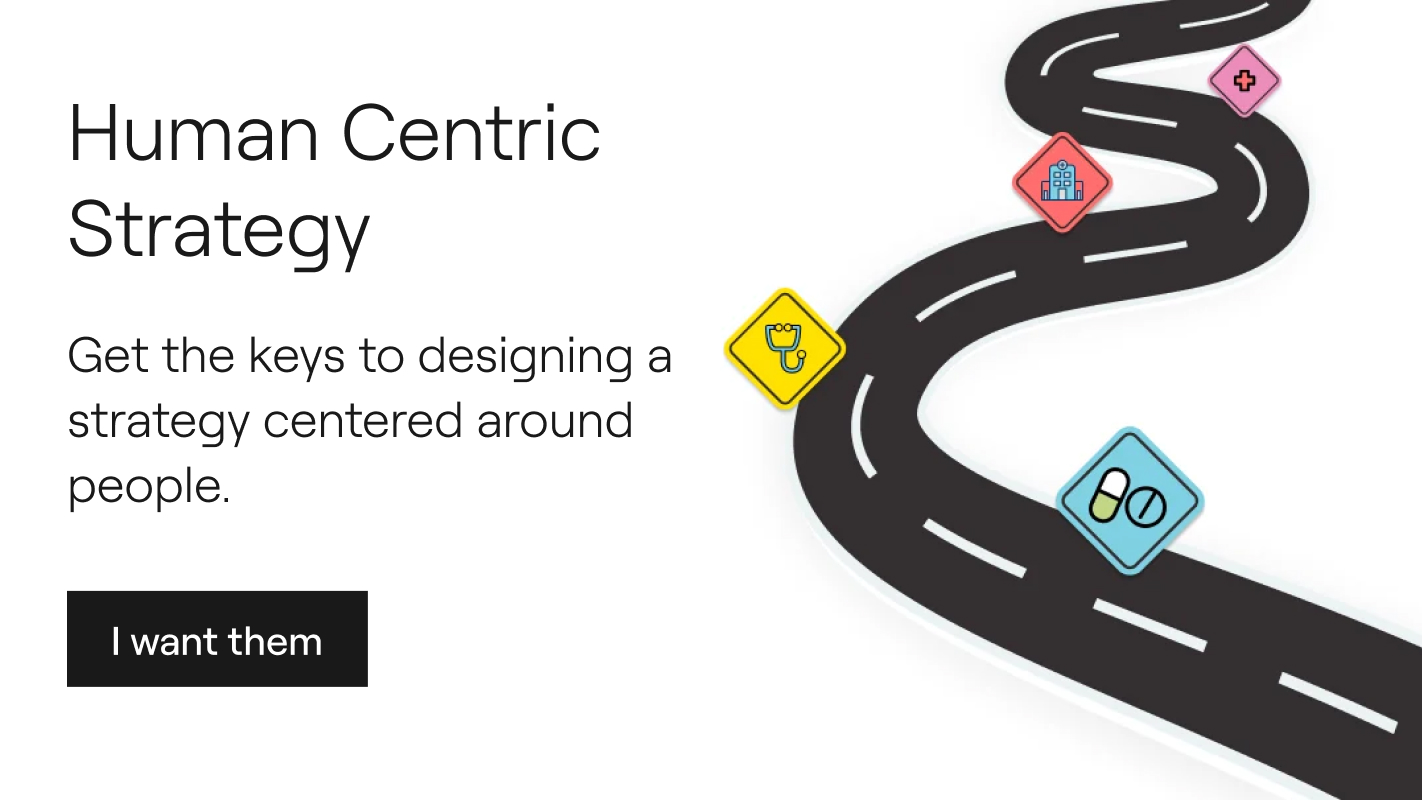At Runroom, we advocate for a human-centric approach. That's why our designers also train as researchers to gain a comprehensive understanding of the user and client experience in projects. This allows us to define and design solutions that are centered around people, their needs, ambitions, and real frustrations.
As a designer, while I have great respect for functional aesthetics, I've always been more interested in adding value to users, whether through the stories we tell, the solutions we offer, or simply knowing that a good digital experience is improving their day-to-day lives.
A beautiful design is a first impression, but a good experience is a lasting memory. That's why, as designers, we can (and should) go beyond creating visual and functional solutions and aim to deliver this experience.
Due to my recent focus on Experience Research, I've felt the need to incorporate more user-centric practices into my design process to provide that layer of memorable experience to projects. That's why I want to share some techniques I've learned along the way that might inspire you to rethink your upcoming projects.
Happy Path
The Happy Path represents the "perfect scenario" in which the user goes through all the necessary steps to successfully complete a task. In this scenario, everything flows smoothly, nothing out of the ordinary happens, and the user achieves their desired goal directly and quickly.
This technique is ideal for starting a project when we need a push to begin and organize everything. Sketching out the entire journey or path, considering all the necessary steps to complete a task, helps us create an initial foundation for the navigation flow and the necessary interactions to make the journey make sense. It becomes even more interesting when we have prior Experience Research work for the digital project, as we can also work on empathy by creating the task journey for identified user archetypes and their characteristics.
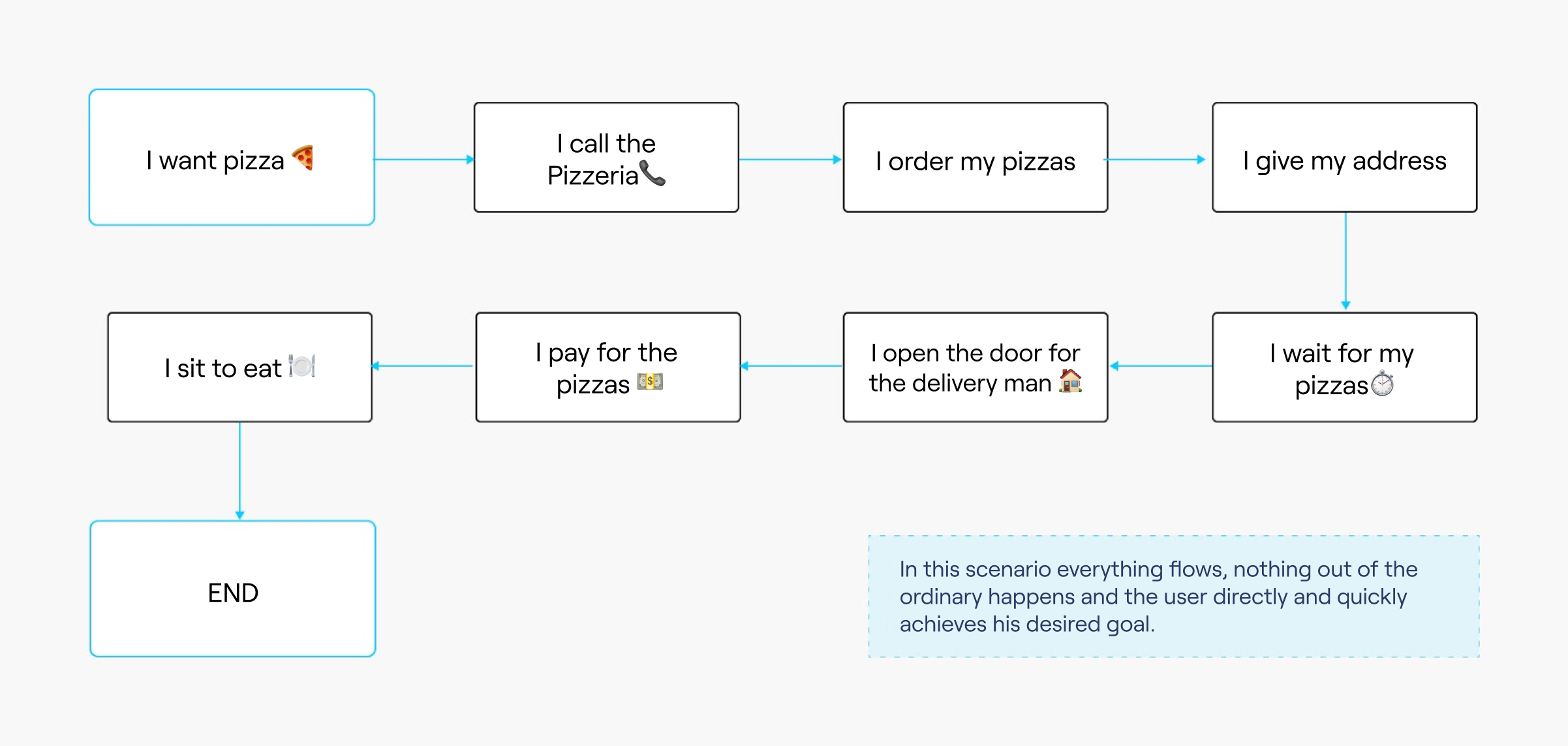
Storyframing
This technique works especially well for homepages or one-scroll pages whose purpose is to tell a unified and coherent story. When you think about it, designers are storytellers, and digital interfaces are the stories we tell.
How to do storyframing?
- To use this technique, the key question to ask is: "How would I explain this thing/product/story I'm trying to communicate to a friend in a conversation or email?"
- Next, start writing on a blank page what you could call a "customer letter" in response to the question from step. A few lines of text can help you define the interface's narrative before you start designing in your preferred design tool (in my case, Figma).
- Once you have your first draft, try writing several versions of it. Maybe consider different types of users the message is directed to, rearrange elements, add or remove parts of the narrative, etc. Which of these versions sounds more naturally told?
- Share "the letter" with others to gather feedback, remembering that this is a content exercise for a page structure, not a final copywriting task. After all, the detailed page structure doesn't matter because the overall page story remains intact, as we initially focused on telling a story to our end user.
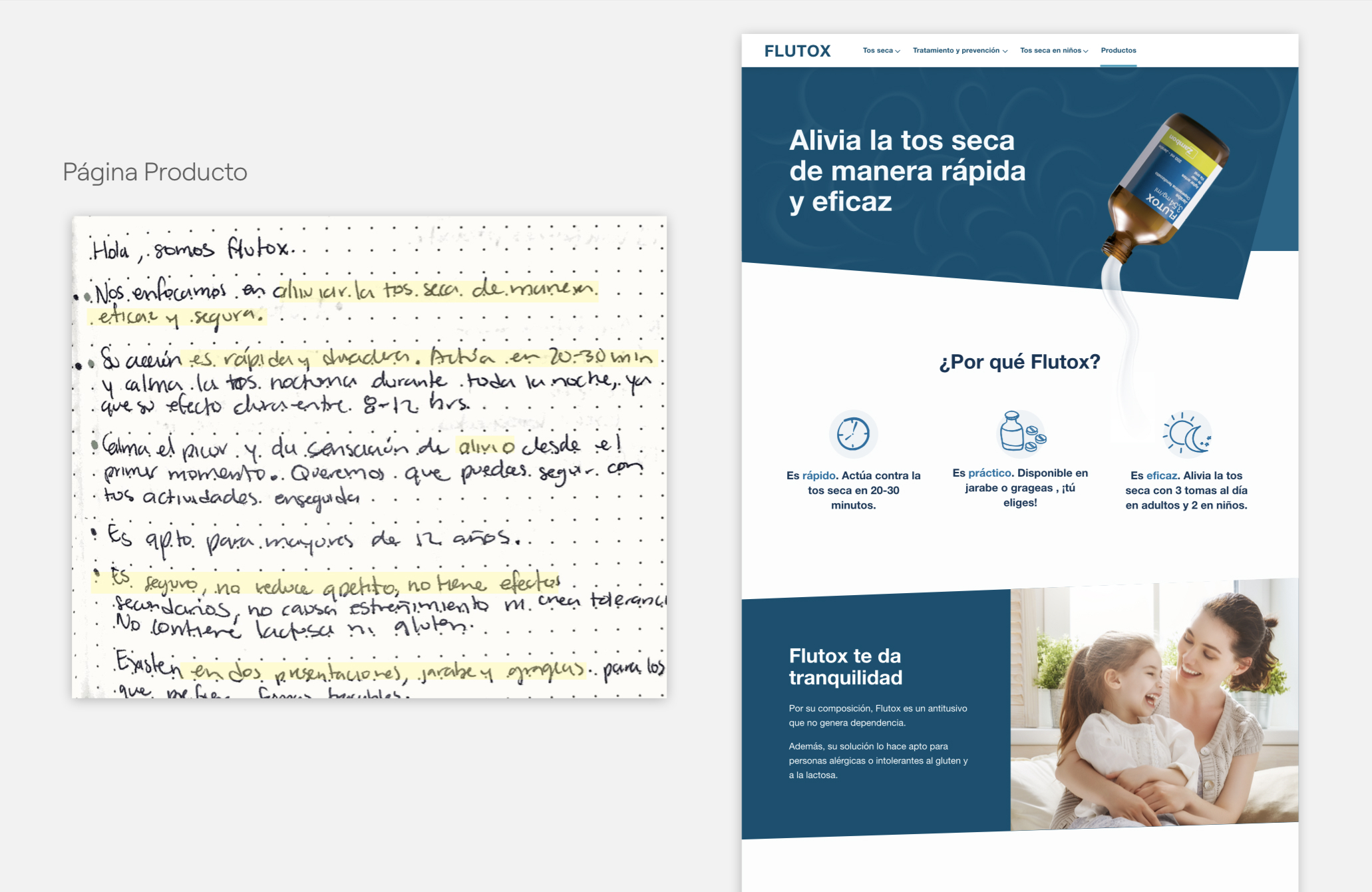
Flutox Storyframing by Runroom
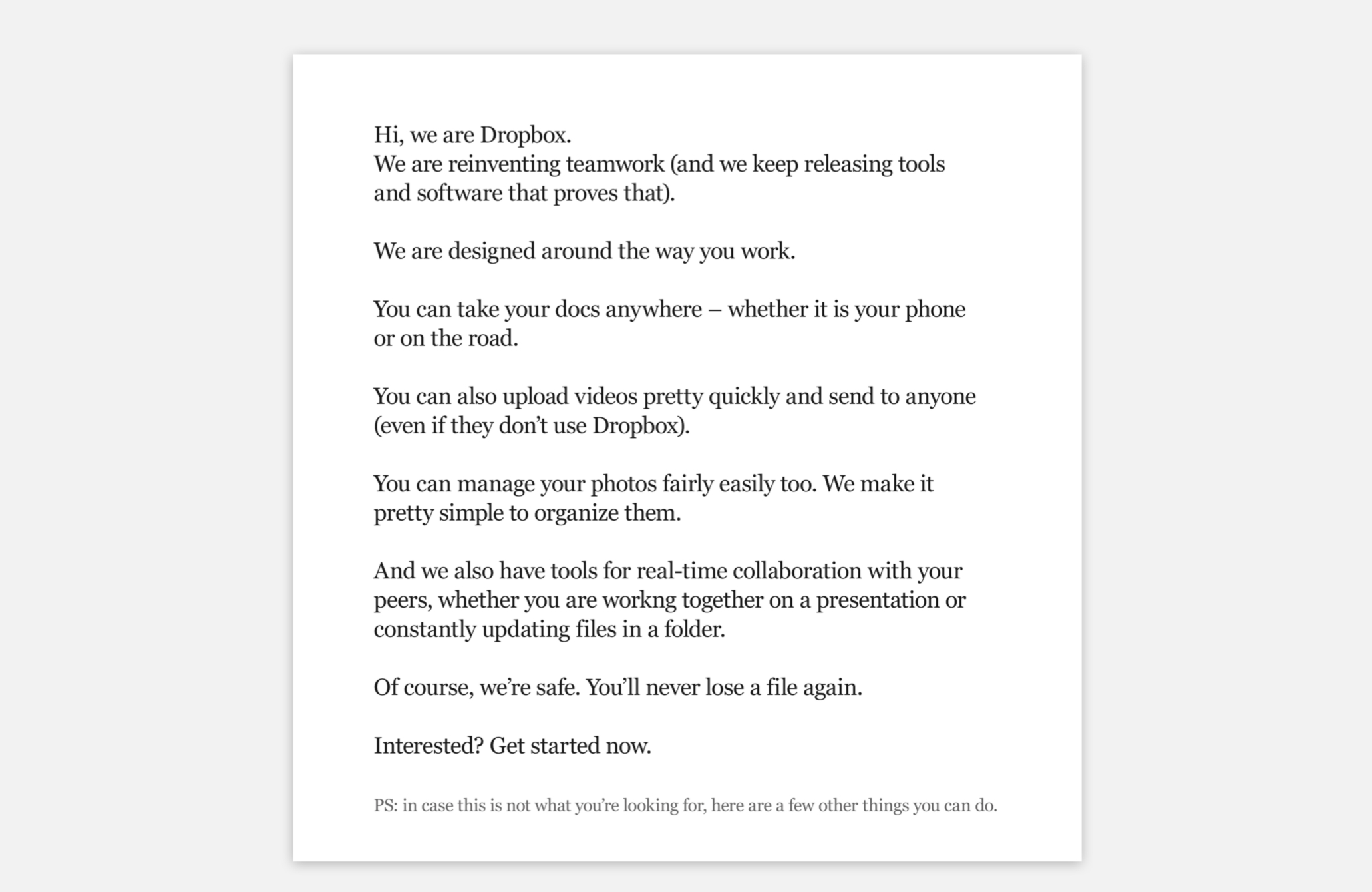
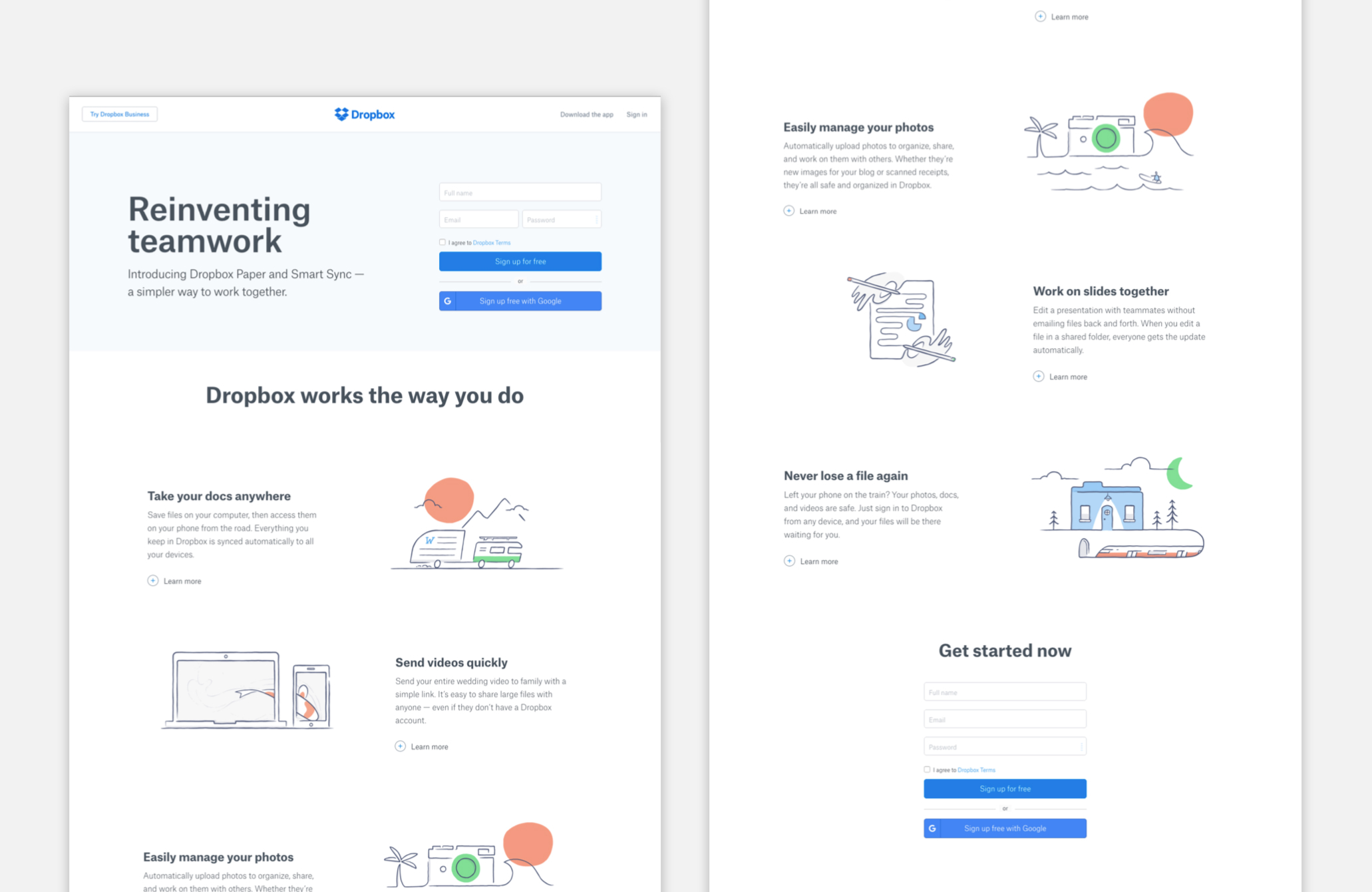
Dropbox Storytelling
As you can see, the value (and practicality) of applying these techniques before diving into the work is that it allows you to focus on the person you're designing your solution for from the beginning. It also provides a straightforward way to collect feedback in the early stages without investing time in building a design. I hope these solutions prove useful in giving your projects a customer-centric focus.
User Flow / Task Flow
A User Flow shows us the complete picture. It's a flowchart that demonstrates how different users can perform all possible tasks within our design. It helps us understand how various users accomplish tasks, identify the most commonly used flows, and pinpoint friction points.
A Task Flow is a type of User Flow that helps visualize the entire path a user must take to complete a specific task. Unlike the Happy Path, here we delve deeper, considering all possibilities and error scenarios that could occur in the flow of this particular task.
